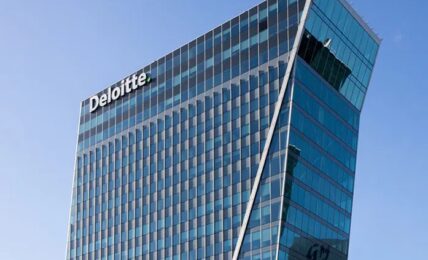Microsoft announced today the establishment of its “Datacenter Community Pledge,” aimed at ensuring that the company’s growing datacenter footprint serves helps to address societal challenges and create benefits in local communities, and including a series of environmental sustainability and community commitments.
In a statement announcing the new commitments, Noelle Walsh, Corporate Vice President, Cloud Operations and Innovation at Microsoft said:
“This is our pledge that Microsoft’s datacenters will be not only the backbone of modern technology but also a force for good in the communities they serve.”
According to Microsoft, the new pledge comes as the company builds and operates a global network of advanced datacenters, with growth driven by a surge in AI adoption.
Walsh said:
“We rely on a vast network of local suppliers, officials, stakeholders and residents to plan, design, construct and operate each of our facilities. To those communities, we owe a commitment to be responsible neighbors and contribute positively to local economies and ecosystems while advancing digital transformation. We recognize the importance of supporting communities, and our datacenters should be a resource that addresses local needs and priorities.”
The new pledge focuses on three key areas, including “Contributing to a sustainable future,” with a commitment to “design and operate our datacenters to support society’s climate goals and become carbon negative, water positive and zero waste before 2030,”; “Advancing community prosperity and well-being,” pledging to “deliver significant local, economic, social and environmental benefits to the communities where we operate,” and; “Operating responsibly as a good neighbor,” with the company committing to “partner closely with communities and operate in a way that respects the local environment.”
The company outlined actions and targets it is pursuing towards its pledge, including its environmental sustainability targets to achieve carbon negativity by 2030, to procure 100% renewable energy globally by 2025, and to replenish more water than it consumes in datacenter operations. Microsoft’s sustainability report released last month indicated that the company is not yet on track towards its 2030 emissions goal, with Scope 3 value chain emissions substantially higher in 2023 than the 2020 baseline, with the increase driven largely by the construction of datacenters.
Actions outlined by Microsoft to bolster its community impact include partnering with local governments, businesses, schools and nonprofits to create well-paid jobs and apprenticeship opportunities, and providing digital skills training and STEM education, investments in local sustainability, as well as using sustainable development practices and building materials, utilizing noise and light reduction measures, and collaborating with neighbors and communities throughout development and operations.
Walsh added:
“We approach this work to create positive change, uplift the communities where we operate and to make a significant contribution to the digital transformation. Through partnerships, we are crafting a future both at the forefront of technology and also deeply rooted in social responsibility and environmental sustainability.”


